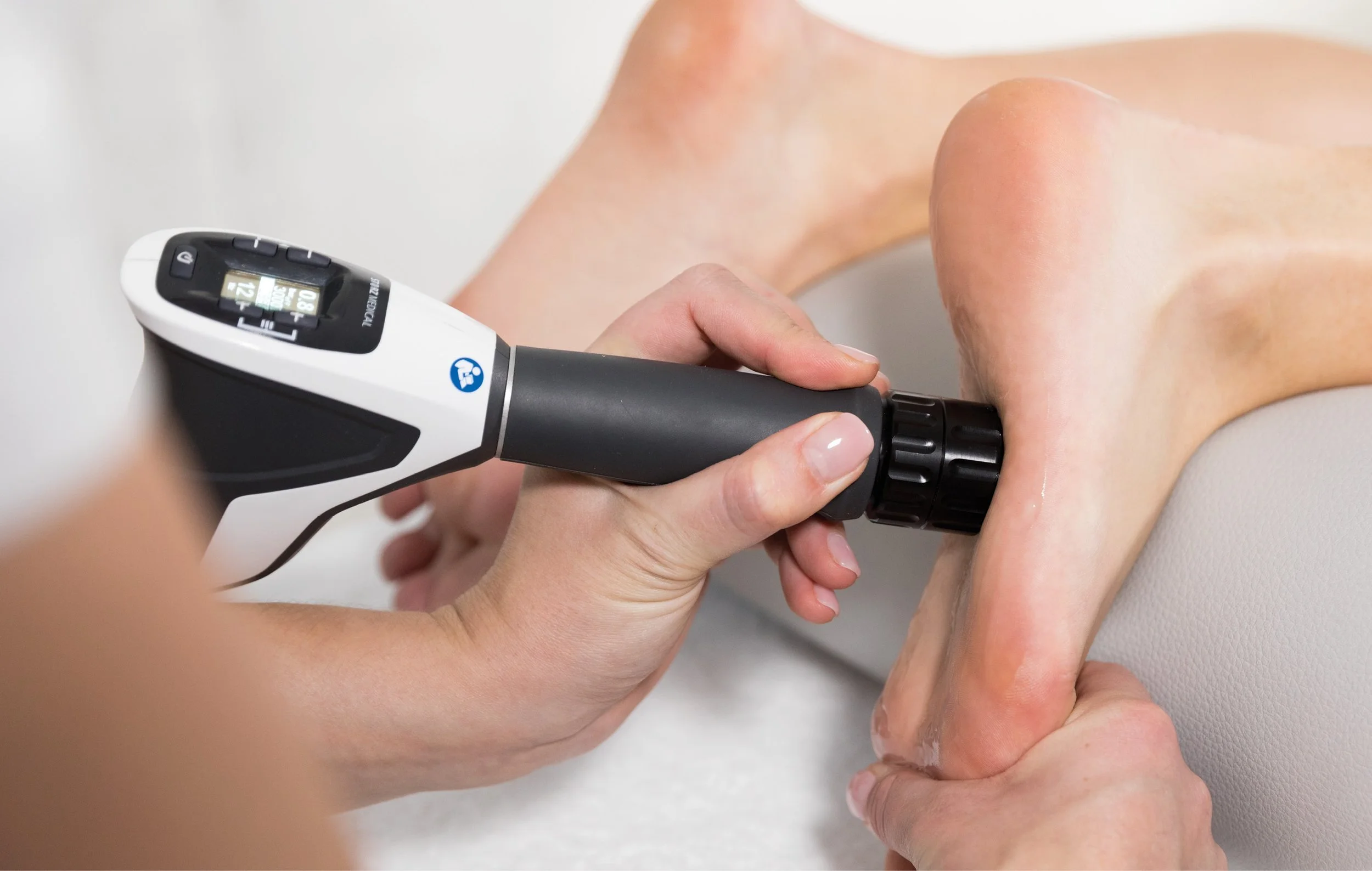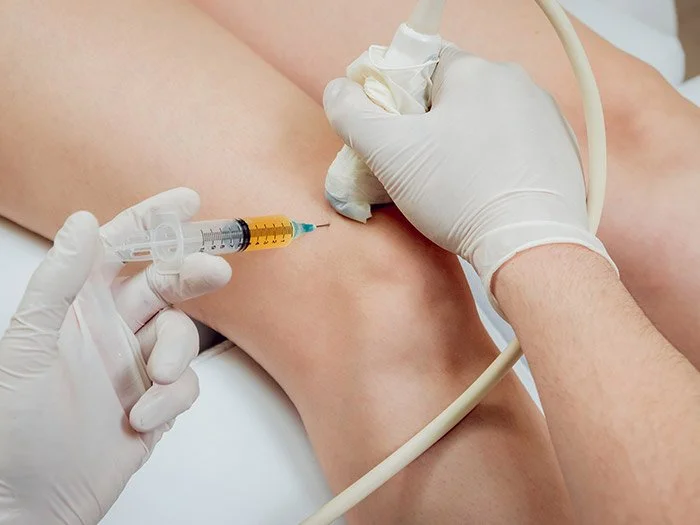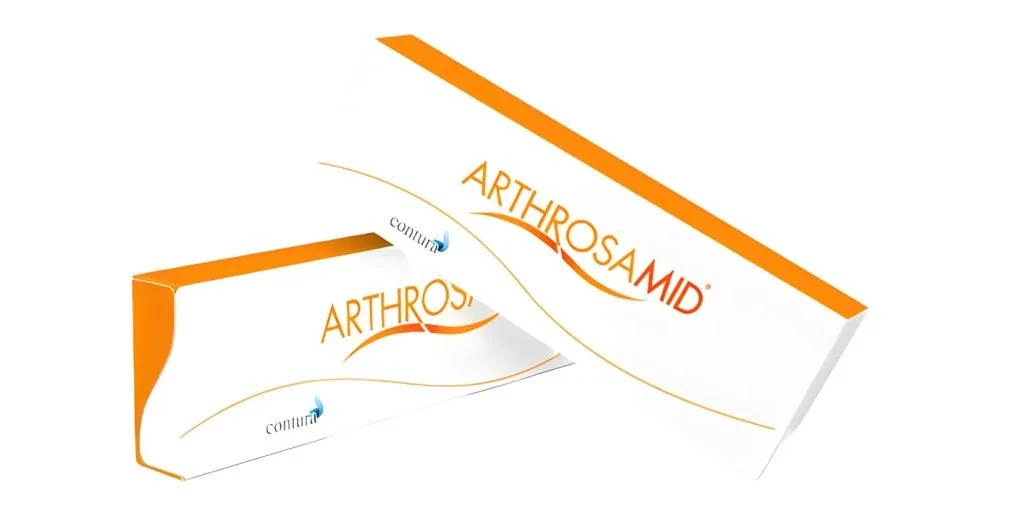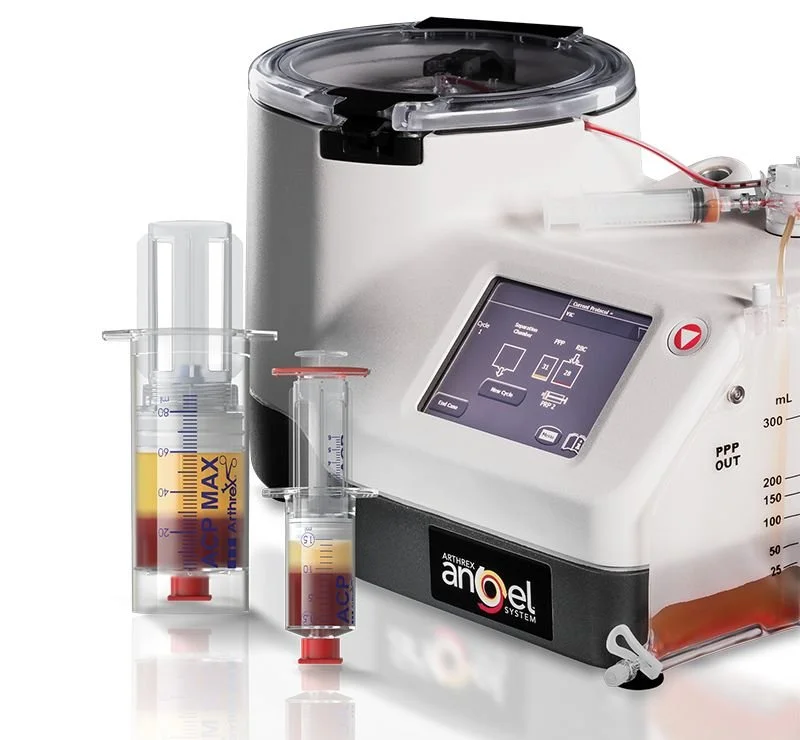Our Services
Our team of experienced physiotherapists are dedicated to providing personalised and effective treatment plans tailored to each individual's needs. With a focus on recovery and overall well-being, we utilise evidence-based techniques to ensure optimal results and improved quality of life.
Conditions we treat:
Spinal pain
Spinal nerve root pain/ sciatica
Shoulder/ rotator cuff impingement
Traumatic injury
Tendinopathy
Shoulder arthritis
Frozen shoulder
Acromioclavicular pain
Tennis and golfers elbow
Carpal tunnel syndrome
Cubital tunnel syndrome
Wrist osteoarthritis
Sports injuries
DeQuervains tenosynovitis
Thumb and finger osteoarthritis
Trigger finger/ thumb
Trigger point/ myofascial pain
Greater trochanteric hip pain
Hip joint pain
Knee pain
Ankle osteoarthritis
Morton’s neuroma
Plantar fasciitis
Metatarsal phalangeal joint pain
Chronic pain
Ganglion cysts
Schedule your appointment
Schedule your appointment today with our licensed physiotherapists, dedicated to helping you achieve your health goals with personalised treatment plans. Our team is committed to providing expert care to support your recovery and overall well-being.
Our Pricing
-
£95 - 45mins - One condition
£120 - 60mins - Two conditions
£150 - 45mins - including ultrasound scan
£190 - 60mins - including ultrasound scan (two conditions)
-
£75 - 30 mins
£110 - 30 mins including ultrasound scan
-
£30
-
30 mins - £50
-
£280
-
From £350
-
£120 per session
£320 for 3 sessions
-
£2500
-
£POA
-
Ganglion aspiration, Frozen shoulder hydrodistension, Calcific tendon barbotage, High volume Achilles injection, High volume patella tendon, Nerve hydrodissection
£330
-
£20












